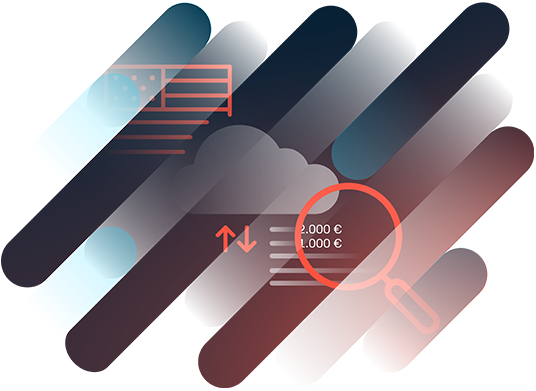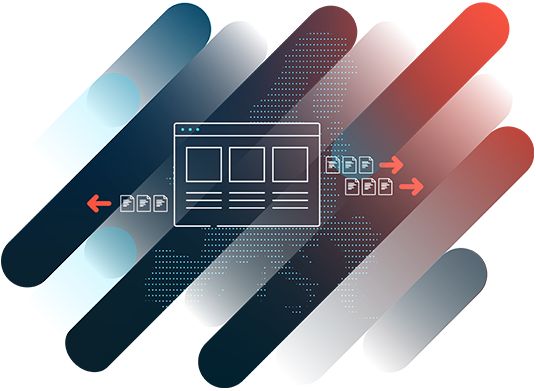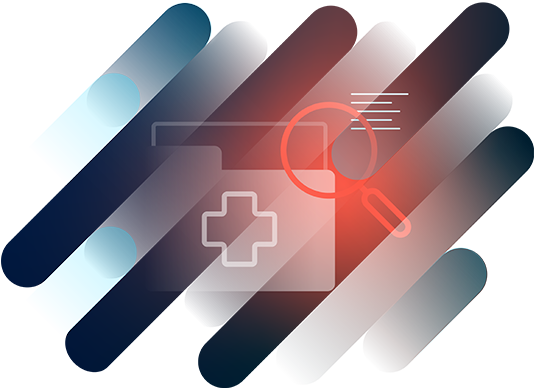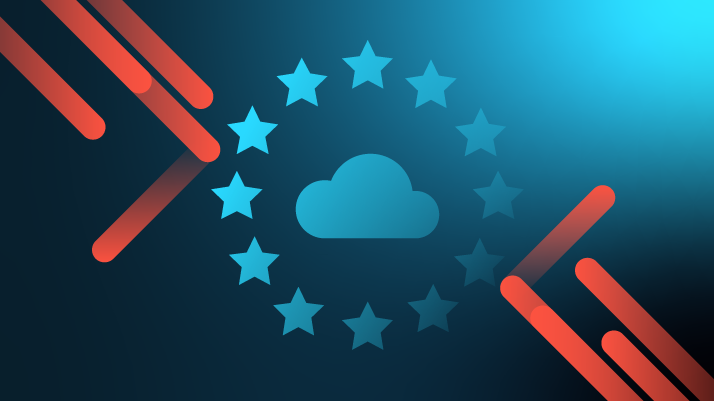Visit us at it-sa in Nuremberg from October 7 to 9. Get your free ticket now!
Home>
Myra Website Check
Where does my data go?
How does my data end up abroad?
Imagine you are attending a large event such as a concert. You have your personal belongings with you in a bag – safely stowed away and protected from prying eyes. At the entrance check, you have to open the bag and show its contents. Security personal can inspect everything and check for possible dangers before you are allowed to enter.
The same applies to your data on the Internet: it is usually transmitted in encrypted form and is therefore protected against unauthorized access. But at a certain point – for example, at a content delivery network (CDN) – your data is decrypted and exposed before it is forwarded.
This is because, in order to detect and fend off attacks in encrypted data traffic, protection systems have to break the encryption for a short time. This process is called TLS termination and is comparable to a bag check.
The advantage: This check improves security. The risk: Whoever performs the check has full access to the contents of your bag or your data – and if this security provider is subject to non-European law, your data may end up with authorities outside the EU.
What does this mean for me?
It's a fact: as soon as a company or public authority uses cloud or CDN services from a non-European provider, there is a latent risk that foreign authorities will access your data, circumventing EU data protection regulations. This is particularly critical wherever sensitive information is processed.
The following examples show that, regardless of the sector, any outsourcing of content delivery and data processing to non-European infrastructure increases the risk of non-European authorities accessing your data – even if the servers are located in the EU. Countries with weak legal protection could analyze your data in order to monitor, discriminate against, or politically persecute you.
Why is this important?
Many banks, insurance companies, healthcare institutions, and even public authorities purchase IT services from international providers, including many companies based in the US. As soon as your data is processed by a US service provider, US surveillance authorities can access it – even if the data is stored in a European data center! Do you want your data to be shared with US authorities?
Laws with far-reaching consequences for your data
CLOUD Act
Regulates the disclosure of electronic data by US companies for law enforcement purposes, even if the data is stored outside the US. This applies to all providers headquartered in the US.
FISA 702
Allows US intelligence agencies to access data belonging to non-US citizens held by US service providers, even if the data is located within the EU – and on a massive scale, without a court order.
PATRIOT Act
Originally enacted to combat terrorism after 9/11, the PATRIOT Act allows US authorities to collect telephone and internet data on a massive scale and access business data.





